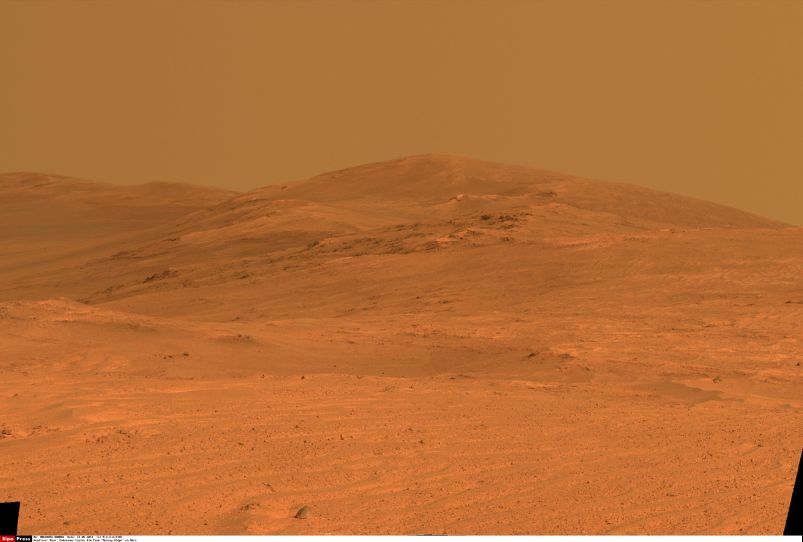In June of 2010, the Chinese government launched a subsidy program for automakers building fuel-efficient cars. Any vehicle with an engine of 1.6-liters or less, and fuel economy of 34 mpg or higher, qualified for a government-funded subsidy of $465 for each unit sold.
By all accounts, the program was a success, perhaps too much so: by the end of June 2011, funding for the program had been depleted, thanks to the sheer number of qualifying models.
China recognizes the importance of fuel conservation, so the government is launching a revised contingency program to promote green car manufacturing. Under the terms of the revised subsidy program, automakers must achieve fuel economy of 37 mpg or higher, from engines of 1.6-liters or less.
The less-than 10 percent increase may not sound like much, but the change has a huge impact on the number of existing cars eligible for the subsidy. At the previously-required 34 mpg, some 500 car models were included; under the terms of the new program, that number is reduced to approximately 150 eligible models.
The program raises one obvious question: why not offer an additional incentive to manufacturers of electric cars, such as the 200-mile range BYD e6.
This story, originally written by Kurt Ernst, originally appeared in GreenCarReports.com, an editorial partner of Talking Points Memo.









